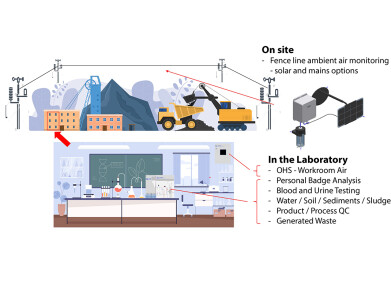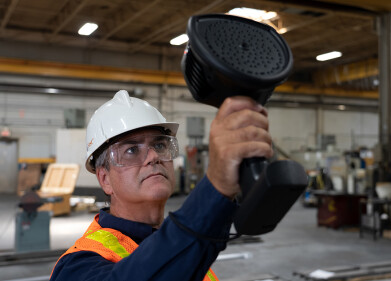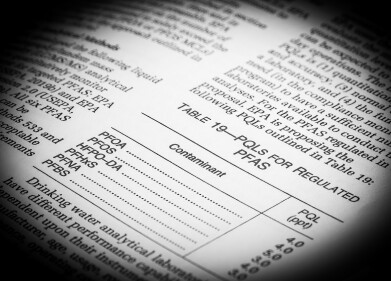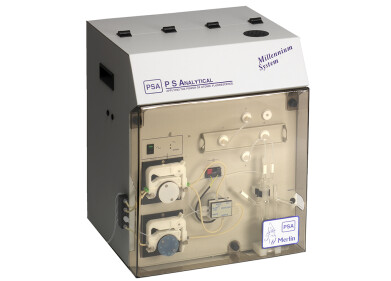Environmental laboratory
Analysis of trace elemental species - a comparison of GC-ICP-MS techniques
Jun 17 2009
Requirements for speciation information are emerging in legislation, particularly for highly toxic species such as organotins, methylmercury and brominated flame retardants. For example, recent amendments to the EU Water Framework Directive (EUWFD) stipulate annual average and maximal concentrations at sub-ng/L level for organotins and pentabromodiphenylether.
The significance of speciation for accurately understanding the true nature of trace elements in the environment, industrial processes and biochemical pathways is a well acknowledged fact. Physiochemical information such as toxicity, bioavailability, mobility and reactivity are dependent on the specific form of an element and cannot be assessed from total element concentrations alone.
GC-ICP-MS is one of the only speciation techniques capable of reaching the ultra trace levels required by the EU WFD legislation.
A direct comparison of two speciation techniques, GC-ICP-Quadrupole-MS and GC-ICP-Sector Field-MS, was performed for mercury and tin species using Thermo Scientific chromatography and ICP-MS instrumentation. Chromatographic reproducibility was evaluated and the potential advantage of the higher sensitivity offered by Sector Field ICP-MS for the extremely demanding reporting limits, which will be required to meet such legislation as the EUWFD, was investigated by comparing limits of detection (LOD).
Request more information below for a copy of this application report.
For further comparison of Q-ICP-MS and SF-ICP-MS technology, watch our free webinar*:
Magnet or Cell: Fundamentals of High Mass Resolution and Collision/Reaction Cells and How They Cope with Challenging Matrices
This complimentary webinar provides an educational overview on the principles and advantages of High Mass Resolution and Collision/Reaction Cells from the only producer of both ICP-MS techniques. Thermo Scientific experts give an open comparison of these spectral removal strategies for some challenging matrices and dispel some lingering myths.
*Requires log-in.
Digital Edition
AET 28.4 Oct/Nov 2024
November 2024
Gas Detection - Go from lagging to leading: why investment in gas detection makes sense Air Monitoring - Swirl and vortex meters will aid green hydrogen production - Beyond the Stack: Emi...
View all digital editions
Events
Jan 20 2025 San Diego, CA, USA
Carrefour des Gestions Locales de L'eau
Jan 22 2025 Rennes, France
Safety, Health & Wellbeing LIVE
Jan 22 2025 Manchester, UK
Jan 25 2025 San Diego, CA, USA
Jan 29 2025 Tokyo, Japan





















